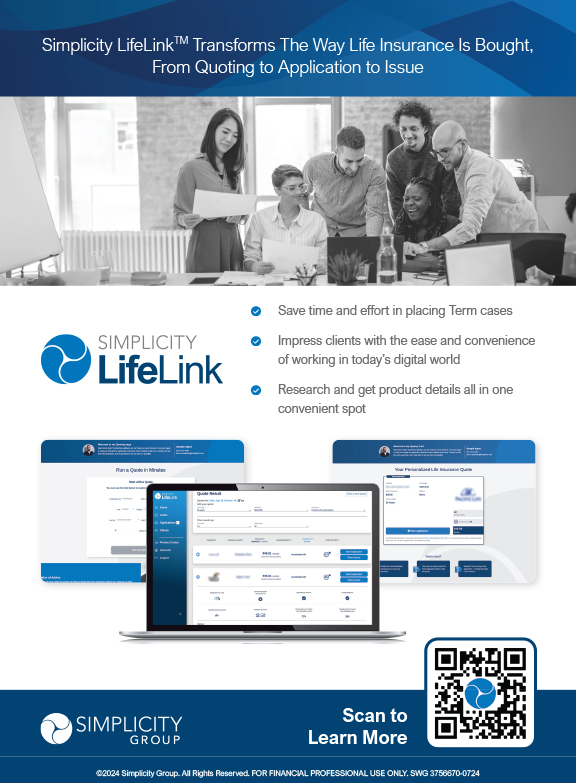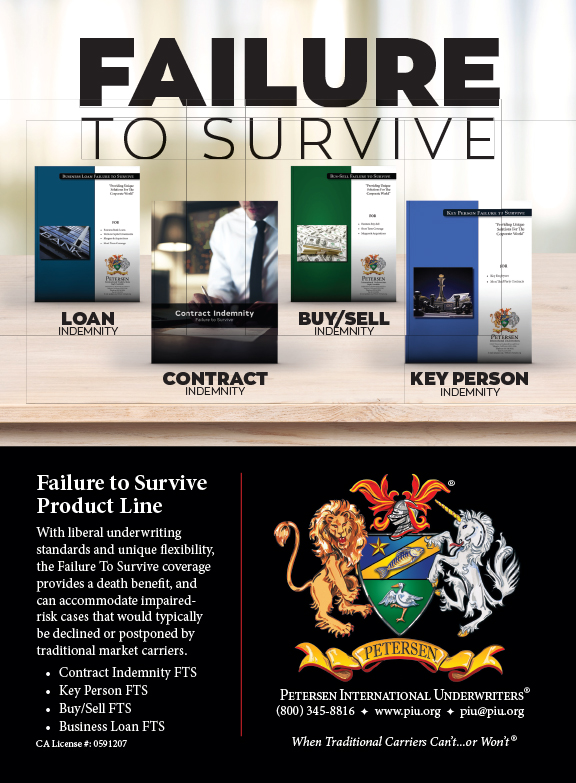Working in the financial service industry for over thirty years, my personal experience with family long term care issues may resonate with many and hopefully will provide insight and motivation for other advisors and their clients.
My Dad passed away over 10 years ago and spent his last years in a locked down nursing home suffering from dementia and other ailments. His experience illustrates the frustration many of us face in how to anticipate the potential costs of long term care and whether and when we should secure coverage. If one has excess savings of $1 million, $5 million, etc., is this enough to self insure this risk? No one can predict how long and how much coverage you or a loved one will need but perhaps the current expenses my family is incurring will shed light on how prudent it will be to act and act now.
My Dad got to a point where he no longer recognized loved ones, however, his lifelong hobby of playing the piano was telling as to why none of us will want to spend our last years in the most restricted portion of any nursing home rather than in our current home with caring home health workers helping us where needed.
Although I lived out of state from my Dad and did not visit him as often as I should have before his passing, I was told he frequently played on the piano the song, Don’t Fence Me In by The Andrews Sisters. Query how he no longer could appreciate who his loved ones were, but obviously was able to express his feelings about his last years. Not a ringing endorsement of nursing homes, but understandably his wanderings did require, for his own protection, a facility where he would be safe.
Since most of our clients will never qualify for coverage under Medicaid with the law prohibiting one to pass on one’s assets before applying, the question becomes why one would not consider securing LTCI at some point before you either become ineligible or it’s cost prohibitive. My parents were children of the Great Depression, so saving pennies had been their mindset. My mom is currently in a nursing facility herself where the monthly expenses have now skyrocketed to $10,000 per month. She now also suffers from dementia and, knowing her, if she understood the monthly expense she is currently incurring, that expense alone would probably hasten her passing out of “aggravation.” My Mom has been in this facility for several years, so you do the math with regard to the impact on her dwindling assets. Eating up all of her savings over her lifetime has been a painful lesson for our family to observe and an ongoing challenge to my siblings and myself.
When my Dad’s condition worsened, but before he had to be institutionalized, my Mom by herself became unable to care for him. She resisted hiring home healthcare aids and wanted them all fired, since all they did was “Just sit there and do nothing!” Of course, the fact that they would help my Dad go to the bathroom or monitor his medications did not count. Yes, no matter how compelling the need, some clients will refuse to consider they themselves may likely need coverage some day, and by not securing same they will become a burden to their loved ones.
After the experience with my Dad’s deterioration, my siblings and I recognized that the time was overdue for us to stop procrastinating and secure LTCI. In our early 50s, my wife and I purchased the “use it or lose it” coverage basically thinking that since it was the least expensive we could manage the costs more easily than a large lump sum alternative. Unfortunately, LTCI carriers over the last decade have drastically underpriced their offerings and this has led to exorbitant rate increases. Clearly, existing policyholders of LTCI companies are at a time in their lives where they are either in or approaching retirement, so that price increases are received and perceived as price gouging and challenging to absorb on typically fixed budgets. The carrier my wife and I bought our policy from has had two significant increases in 10 years, the first one at 20 percent and, in September of 2021, an increase of 32 percent. The carrier, between these two increases, has also ceased writing any more business—so there is an expectation that this carrier has very little incentive to maintain their pricing, and the closed block will also suffer from adverse selection since those policyholders who, because of health reasons, would not be eligible to move to a more stable carrier will remain.
Many carriers have exited the business by not being able to adequately underwrite the risk and the list will continue to grow. What this says is that if those with the most expertise are unable to accurately calculate its pricing, clients without any of this research behoove themselves to secure suitable coverage sooner rather than later or before they find themselves unable to obtain coverage at all.
After a thorough review of the state of the industry, I moved forward in no longer recommending the use it or lose it option with the remaining existing carriers and considered the hybrid life and/or annuity investments that specialize in maximizing long term care funds the more practical solution. The carriers have similarly recognized the need is ever increasing and have developed long term care riders for some of their products, annuities that create a long term care pool of funds, and many other offerings in between. Some carriers have age limitations, e.g. below 70, while others have bonuses for those in better health. What is most attractive about these products is that the policyholder or his/her beneficiary will receive a return of some of, or all, or more than, their original investment, so the argument can be made that one is simply repositioning one’s assets and oftentimes leveraging them many times over into a long term care solution. Some carriers permit a transfer of qualified funds into the long term care chassis. Other carriers permit the 1035 exchange of cash values into the long term care product. It is obvious that the carriers are racing to develop true long term care solutions in vehicles that they can price with more clarity than the “use it or lose it” alternative.
Many carriers now offer payment modes over several years which may better accommodate the client unwilling or unable to make a single large out of pocket commitment. A factor to move forward is the policyholder recognizing that having to pay out of pocket for long term care expenses can rarely be perfectly timed since one does not want to have to liquidate an appreciating asset in a down market.
As a member of the baby boomer generation, with advances in medical care and likely being better informed on how to take better care of ourselves, we must acknowledge that the long term care need is not an option but a necessity.
Nothing contained within this article shall constitute legal advice and shall not create any attorney-client relationship.



























